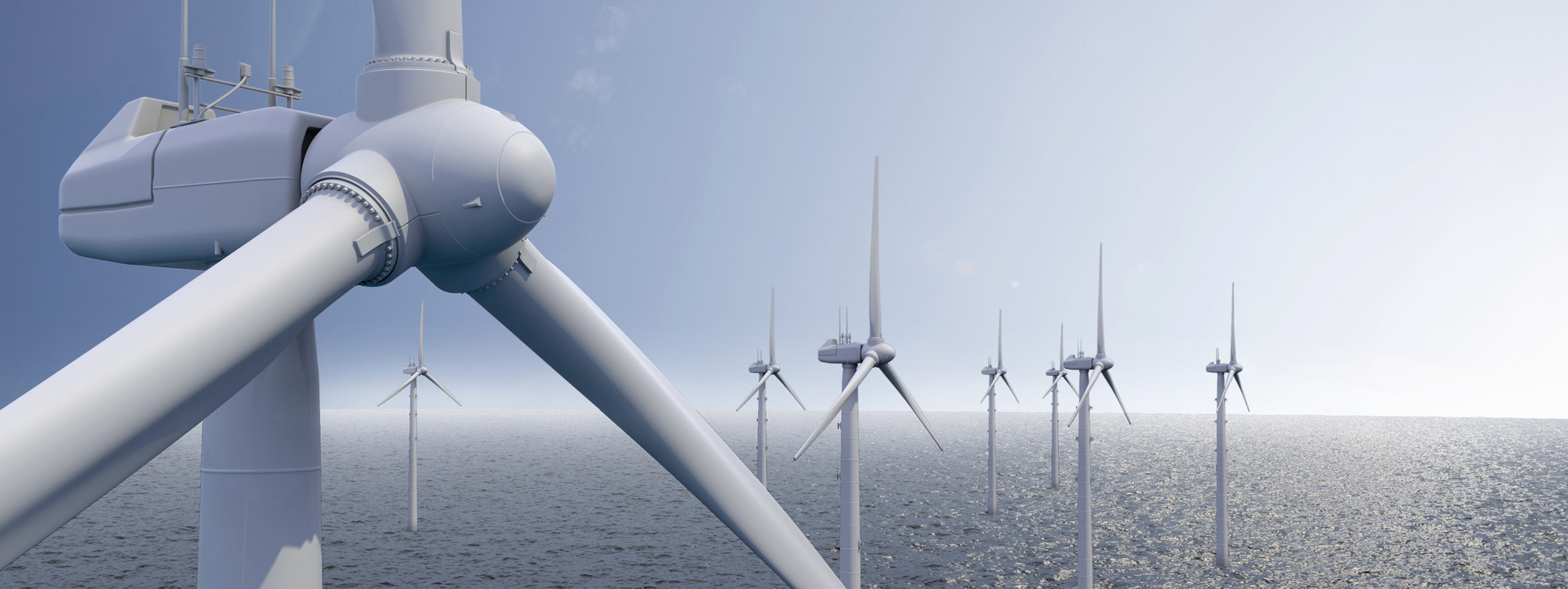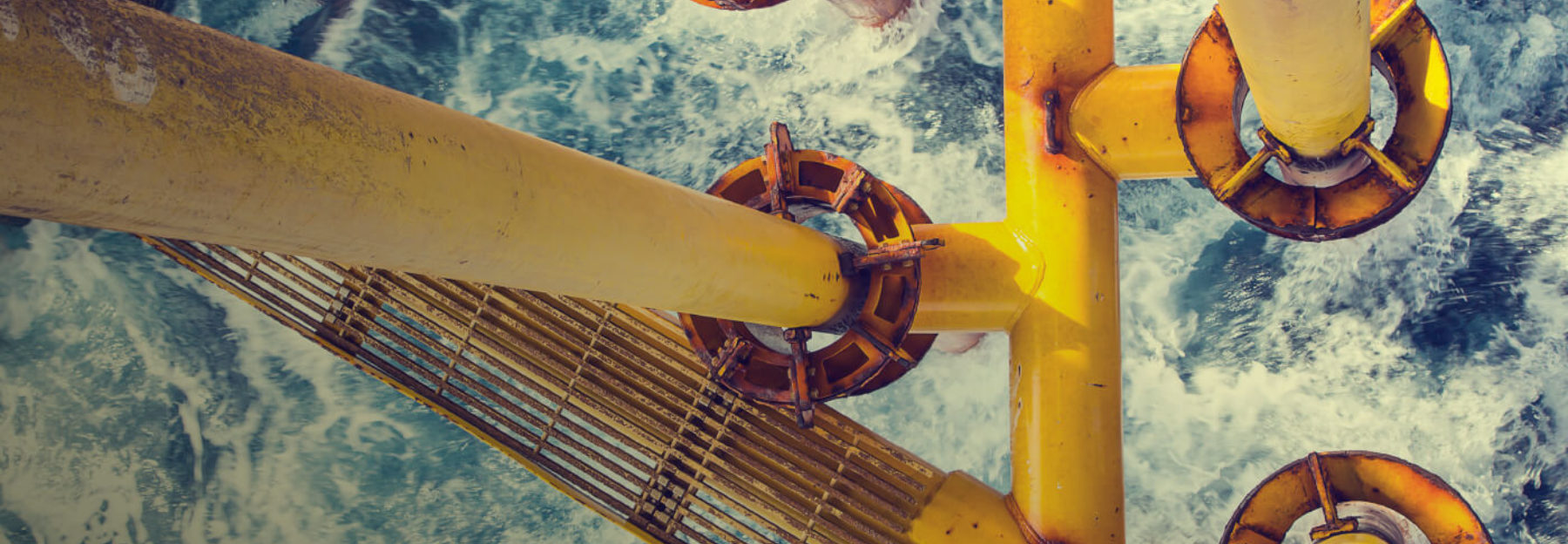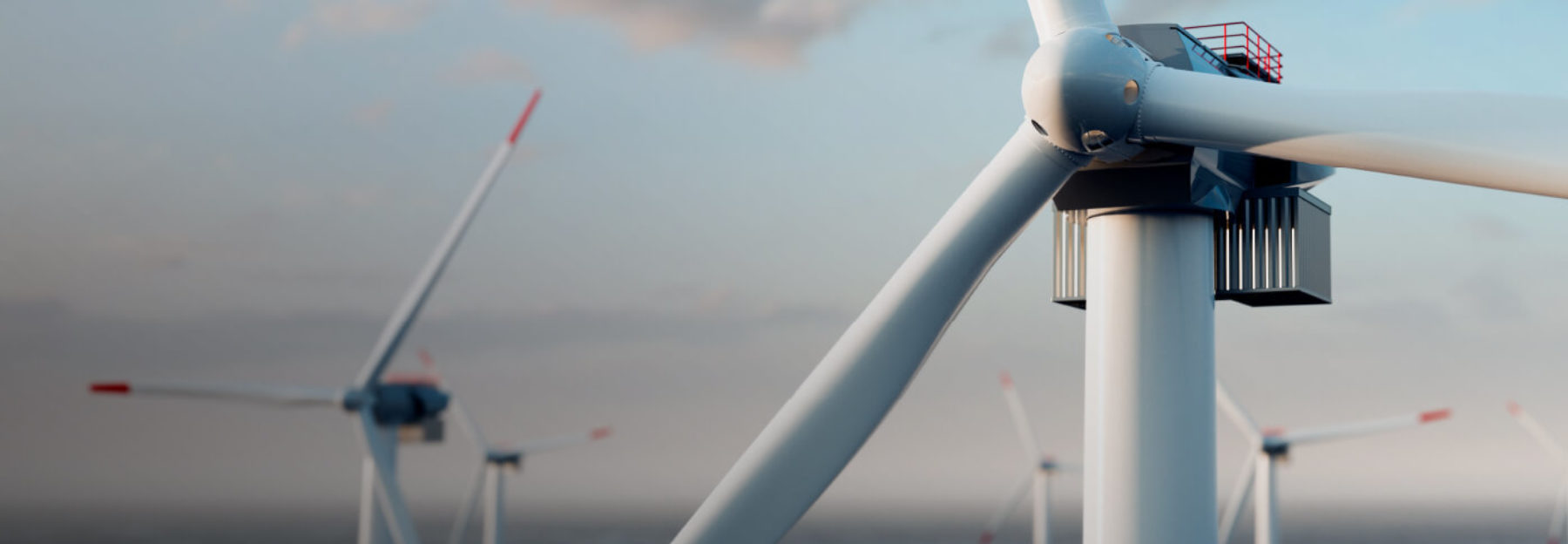AI and Cybersecurity: Safeguarding Offshore Wind Farms in the Digital Era
2 October 2025 — John Draper

Introduction: The New Frontier of Risk
Offshore wind is one of the fastest-growing renewable energy sectors in the world. As governments push to decarbonize electricity systems, gigawatts of new capacity are being added in Europe, Asia, and the U.S. Offshore turbines are bigger, more powerful, and more digitally connected than ever before.
But with digitalization comes vulnerability. Offshore wind farms depend on complex control systems, remote monitoring, and communication networks stretching across sea beds and grids. This makes them attractive targets for cyber threats, from state actors probing critical infrastructure to criminal groups deploying ransomware.
Artificial intelligence (AI) is set to play a decisive role in both strengthening and complicating the cybersecurity landscape for offshore wind operators.
The Cyber Threat Landscape for Offshore Wind
Offshore wind assets face a unique mix of risks:
- Operational Technology (OT) Vulnerabilities - Turbine control systems, SCADA networks, and substation automation are increasingly connected, but often lack modern security protections.
- Remote Operations Exposure - Farms are monitored and managed from onshore control centres, relying on satellite and subsea data links that can be targeted.
- Critical Infrastructure Status - Energy systems are prime national targets; cyberattacks could disrupt power supply, cause outages, or even damage equipment.
- Growing Attack Sophistication - From supply-chain attacks to zero-day exploits, adversaries are using advanced techniques that traditional defences may miss.
As offshore wind scales from hundreds to thousands of turbines worldwide, defending these assets becomes a strategic priority.

AI as a Cybersecurity Force Multiplier
AI has the potential to transform how offshore wind operators detect, defend against, and respond to cyber threats.
1. Anomaly Detection in Real Time
- AI-driven monitoring systems can learn “normal” patterns of turbine and network behaviour, flagging deviations that may indicate intrusions or malware.
- This is particularly valuable in remote offshore settings, where manual oversight is limited.
2. Predictive Threat Intelligence
- Machine learning models can analyse vast streams of global cyber threat data, helping operators anticipate attack vectors before they are exploited.
- Predictive analytics can identify vulnerabilities in specific turbine models, communication protocols, or vendor systems.
3. Automated Incident Response
- AI-enabled systems can isolate compromised devices, reroute network traffic, or shut down vulnerable nodes in seconds, far faster than human teams.
- This reduces the risk of cascading failures across an entire wind farm.
4. Supply Chain Security
- Offshore wind relies on complex global supply chains. AI can scan software updates, vendor components, and firmware for hidden malicious code.
- Blockchain combined with AI may offer stronger provenance checks for equipment integrity.
5. Cyber-Physical Integration
- Offshore wind is not just IT, it is cyber-physical infrastructure. AI can integrate cybersecurity with operational data, ensuring that protective measures do not compromise turbine performance or grid stability.

The Flip Side: AI as a Threat
AI is not only a defensive tool, attackers are adopting it too. Offshore wind operators must prepare for:
- AI-powered phishing campaigns that generate highly convincing, personalized attacks against employees and suppliers.
- Automated malware that adapts to defences in real time.
- Adversarial AI that manipulates sensor data or machine learning models themselves, creating false alarms or masking real attacks.
This creates an arms race dynamic, where defenders and attackers both leverage AI.
Building an AI-Enhanced Cyber Strategy
For offshore wind operators, embracing AI in cybersecurity is no longer optional—it is essential. A robust strategy should include:
- AI-enabled monitoring platforms that integrate IT, OT, and grid data for holistic situational awareness.
- Continuous training of machine learning models with sector-specific threat intelligence.
- Human-AI collaboration, where security analysts use AI insights to prioritize and act, rather than relying solely on automation.
- Regulatory alignment, ensuring compliance with evolving cybersecurity frameworks for critical infrastructure (such as NIS2 in Europe or NERC CIP in North America).
- Resilience by design, embedding AI-driven cybersecurity into the earliest stages of wind farm and grid integration planning.

Conclusion: Securing the Energy Transition
Offshore wind is a cornerstone of the clean energy transition, but its success depends on resilience against cyber threats. AI offers powerful tools to detect, predict, and counter increasingly sophisticated attacks, making it a force multiplier for operators.
Yet AI also raises the stakes, arming adversaries with new capabilities. The future of offshore wind cybersecurity will therefore be a constant race between attackers and defenders, with AI at the heart of both.
For operators, the challenge is clear: treat AI not as an optional add-on, but as a strategic pillar of digital security. The ability to secure offshore wind farms will not just protect assets, it will safeguard the reliability of tomorrow’s clean energy systems.



